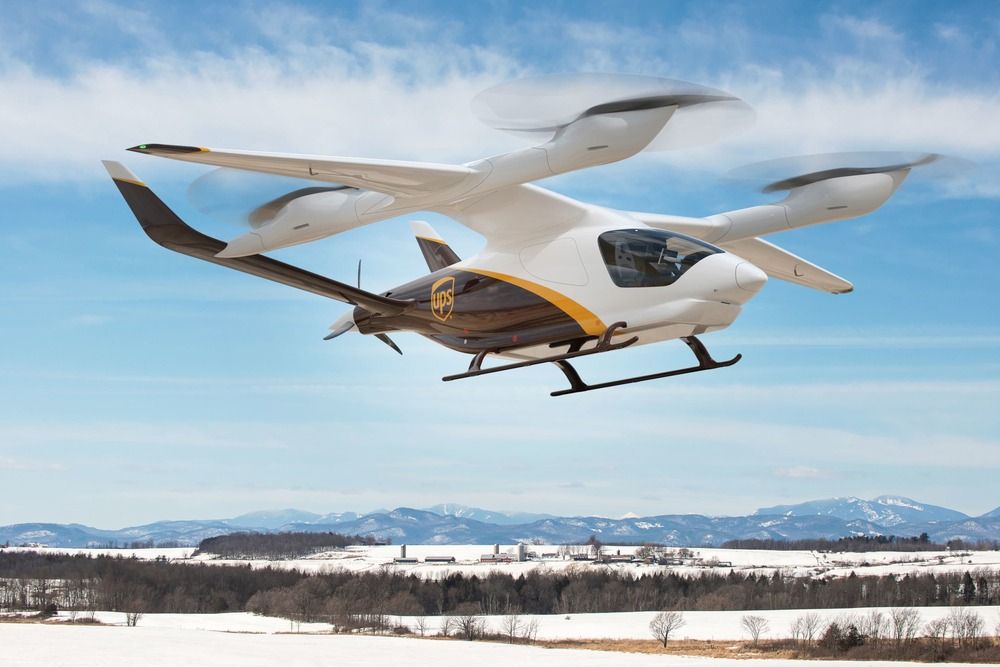Circa 2010
In a laboratory 10 miles east of downtown Los Angeles, a mechanical penis sputters to life. A technician starts a timer as a stream of water erupts from the apparatus’s brass tip, arcing into a urinal mounted exactly 12 inches away. James Krug smiles. His latest back-splatter experiment is under way.
Krug is an unusual entrepreneur. Twenty years ago, he was a rising star in the film and television business. He served as a vice president of the Disney Channel in the 1980s and ran a distribution company with members of the Disney family in the ’90s. But 11 years ago, Krug became convinced that the world did not need another TV show. What it needed was a better urinal.





